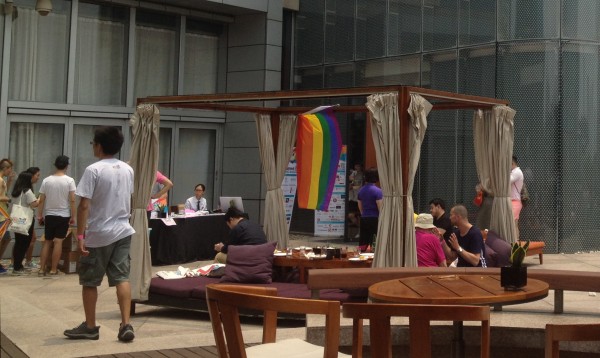What I put at http://mcaleely.com/ has always been a bit of a puzzle. mcaleely.com/jh is the homepage for me, and the rest of the site is a bit of a mixture of stuff.
So I thought I’d try minmal for a while.
What I put at http://mcaleely.com/ has always been a bit of a puzzle. mcaleely.com/jh is the homepage for me, and the rest of the site is a bit of a mixture of stuff.
So I thought I’d try minmal for a while.

This week I was in Shanghai for a trade show. In order to get an airfare my employer was willing to pay for, I was obliged to stay through the weekend after. Looking around for things to do, Time Out Shanghai pointed me at the Shanghai Pride website.
So lunch today was at the Pink BBQ, one of the opening events of the sixth year of Shanghai Pride:

I’ve managed to miss a couple of London Pride events, and this was a great reminder of the amazing buzz at events like these. I was pleased I had the chance to be part of this one!
I made the cut in Alex’s set of photos from Barcelona.